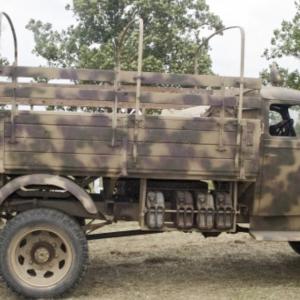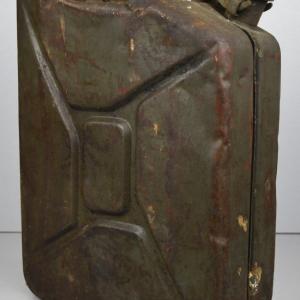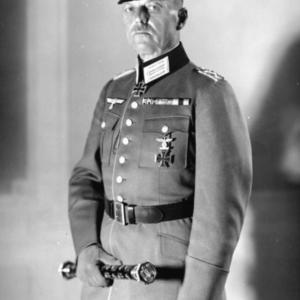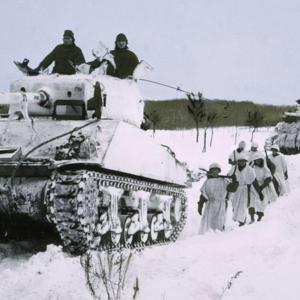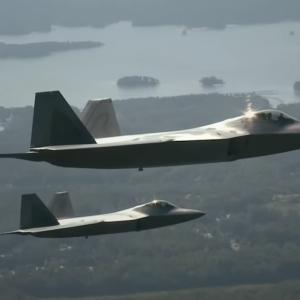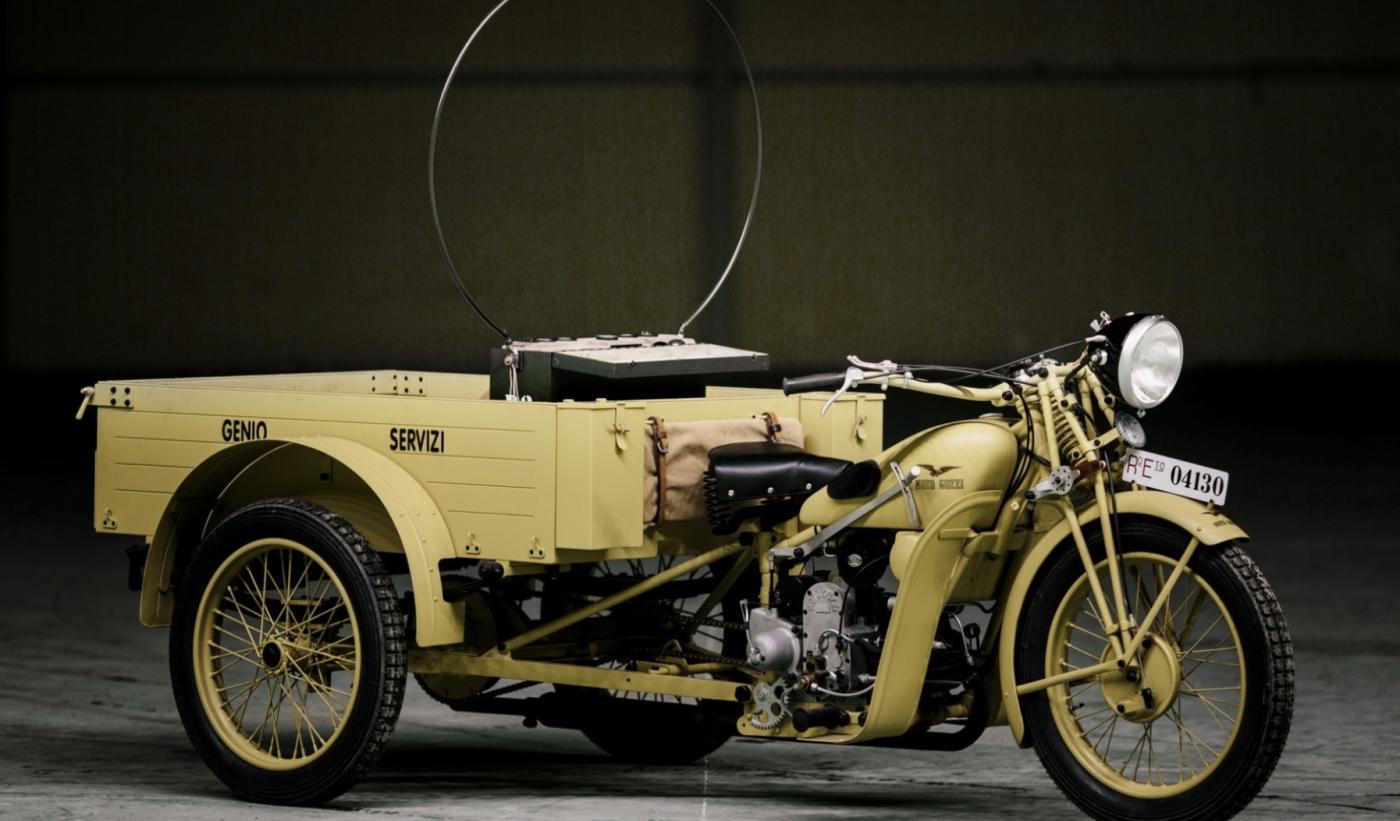
Moto-guzzi TriAlce
The Moto Guzzi TriAlce was a three-wheeled military trike developed and produced in Italy during the early years of World War II. It was created to meet a military requirement for a standardized 500cc three-wheeled utility vehicle capable of performing multiple roles, including personnel transport, cargo hauling, weapons carriage, and communications support. Moto Guzzi, already known for its military motorcycles, adapted its proven Alce model to accommodate a rear axle and load platform, resulting in a compact and versatile machine.
Developed in the late 1930s and entering production around 1940, the vehicle was designed at Moto Guzzi’s factory in Mandello del Lario. Production continued until approximately 1943, with a total of 1,741 units manufactured. Several variants were made, including one- and two-seater models, flatbed cargo versions, and specialized equipment configurations. Some units were equipped with radios for mobile communication roles, while others were modified to carry light machine guns or 20 mm anti-aircraft weapons. A collapsible airborne version was also developed for paratrooper deployment.
Power came from a 498.4 cc single-cylinder four-stroke engine derived from the Alce motorcycle. It produced about 13.2 horsepower at 4,000 rpm and was paired with a four-speed gearbox. Final drive was by chain to the rear axle. The top speed was approximately 73 km/h, and the payload capacity was around 500 kilograms, though some configurations could handle more. Fuel capacity ranged from 13 to 16 liters, depending on the model.
The vehicle featured a tubular steel frame, a parallelogram-style front fork suspension, and a leaf-sprung rear axle. Braking was handled by drum systems at the front and rear. Designed for rugged use, its simple mechanics made it easy to maintain and repair in the field. While it was not ideal for harsh off-road conditions, it was reliable and well-suited for the logistical and support roles it was built to fill.
In military service, the trike was used across multiple fronts, including North Africa, the Balkans, and the Eastern Front. Its small size, cargo flexibility, and multi-role design made it useful in a variety of situations, from supply runs to mobile gun platforms. Although limited by its drivetrain in rough terrain, it provided vital support in many operations.
Postwar, the design experience gained from this vehicle influenced later Moto Guzzi utility machines, including peacetime motocarri and military transport projects.

